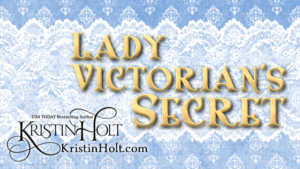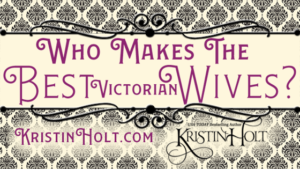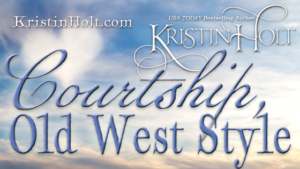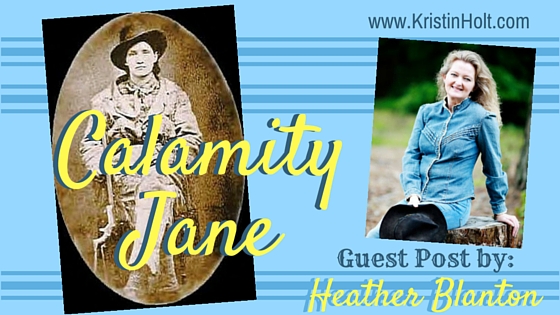
by Kristin Holt | Jul 8, 2016 | Articles
Guest Post by Heather Blanton, author of Bestselling Romance in the Rockies Series:
Martha Jane Cannary. Name doesn’t ring a bell?
Then you might know her by her legendary moniker “Calamity” Jane.
Ever wonder how she got the name?
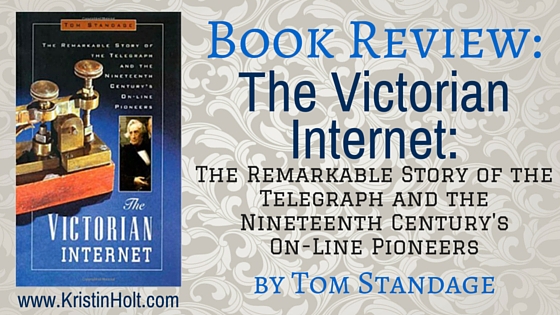
by Kristin Holt | Jun 17, 2016 | Articles
As an amateur historian, fascinated by all things Victorian and in anxious search of accurate information about the telegraph in the United States, I found Standage’s book to be informative, concise, humorous, entertaining, an easy read, and exactly what I was looking for. I understand more now about how the antiquated–and yet highly innovative–Victorian technology actually worked than I could have imagined. Standage addressed everything from the various men at work (often unaware of one another) to create the means of sending rapid messages over a great distance to the consequences on warfare and other news of the day. He addressed the employees of both genders, romances that flourished as a result of time spent together ‘online’, and the challenges eventually conquered in laying the Transatlantic Cable. 5 STARS!
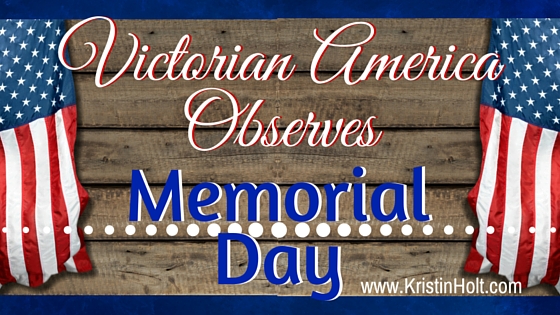
by Kristin Holt | May 30, 2016 | Articles
The history of America’s Memorial Day, sometimes called Decoration Day, is rooted in the American Civil War.
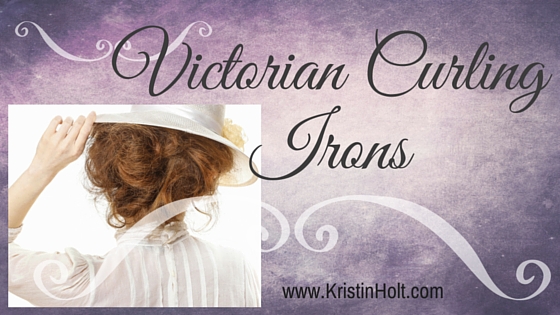
by Kristin Holt | May 15, 2016 | Articles
American women in the late Victorian Era often cut and curled bangs at the forehead. Many photographs (cabinet cards) show this hairstyle, with the rest being upswept and pinned, as women grew their hair to amazing lengths–all except those stylish bangs. If the curls about the forehead were not a hair piece (purchased by mail), then they most often required a curl. Victorian curling irons (their prices, designs, and heating methods) might surprise you–after all, it’s not (only) like Laura Ingalls Wilder described in her fictionalized memoirs of coming of age and cutting her hair in this style.
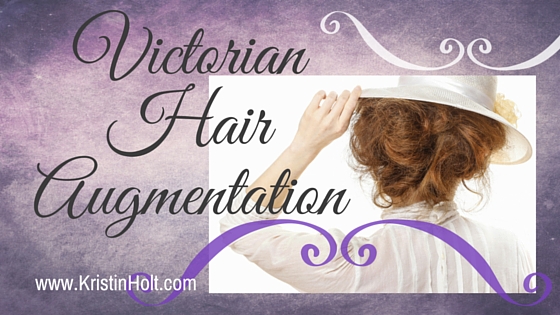
by Kristin Holt | May 12, 2016 | Articles
Victorian-era Americans (both men and women) had ready access to commercially prepared human hair pieces. Women wore them to achieve the style of the day without cutting their hair or to achieve the fullness and length considered stylish and desirable when their own hair couldn’t grow to such amazing lengths. Mail-order catalogs of the period provided a wide variety of products, appealing to men and women alike, including products purported to restore gray hair to the color of youth.







